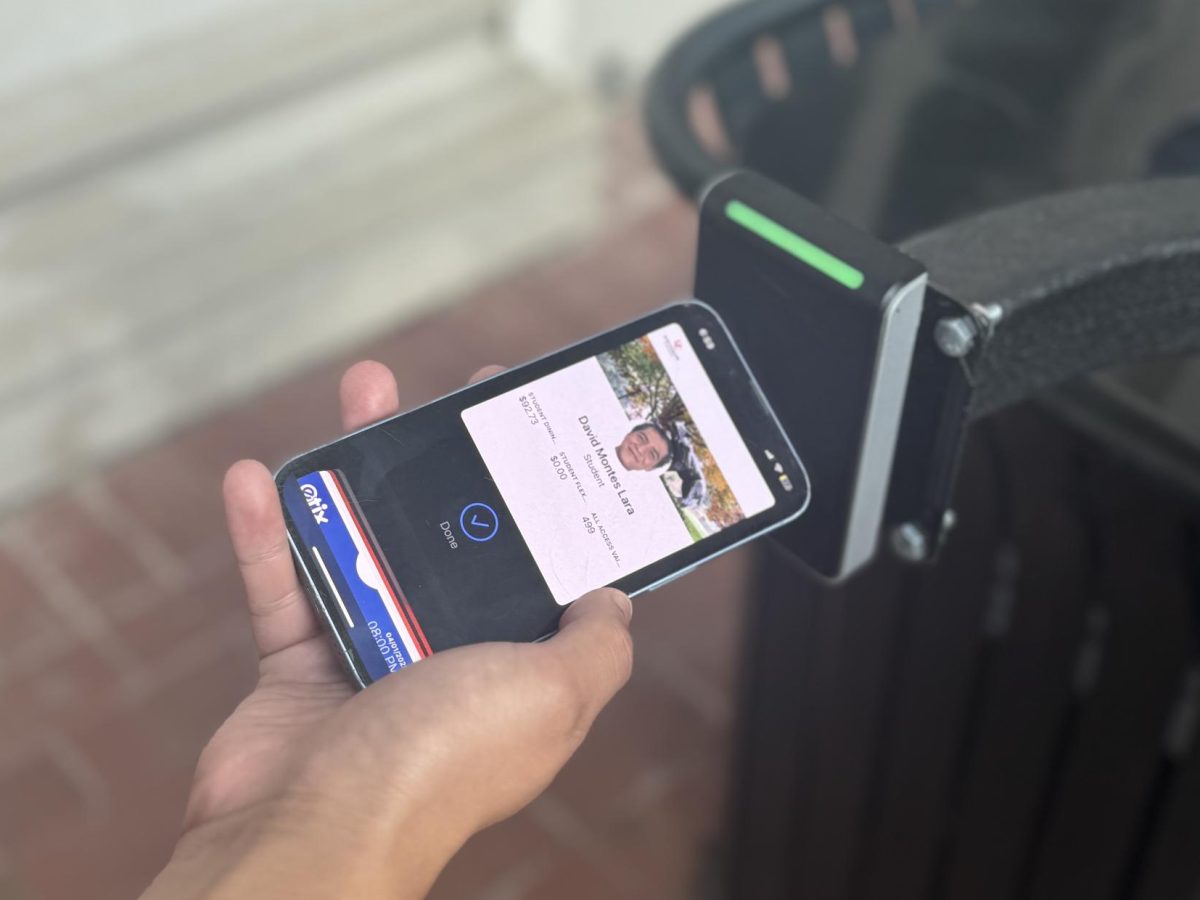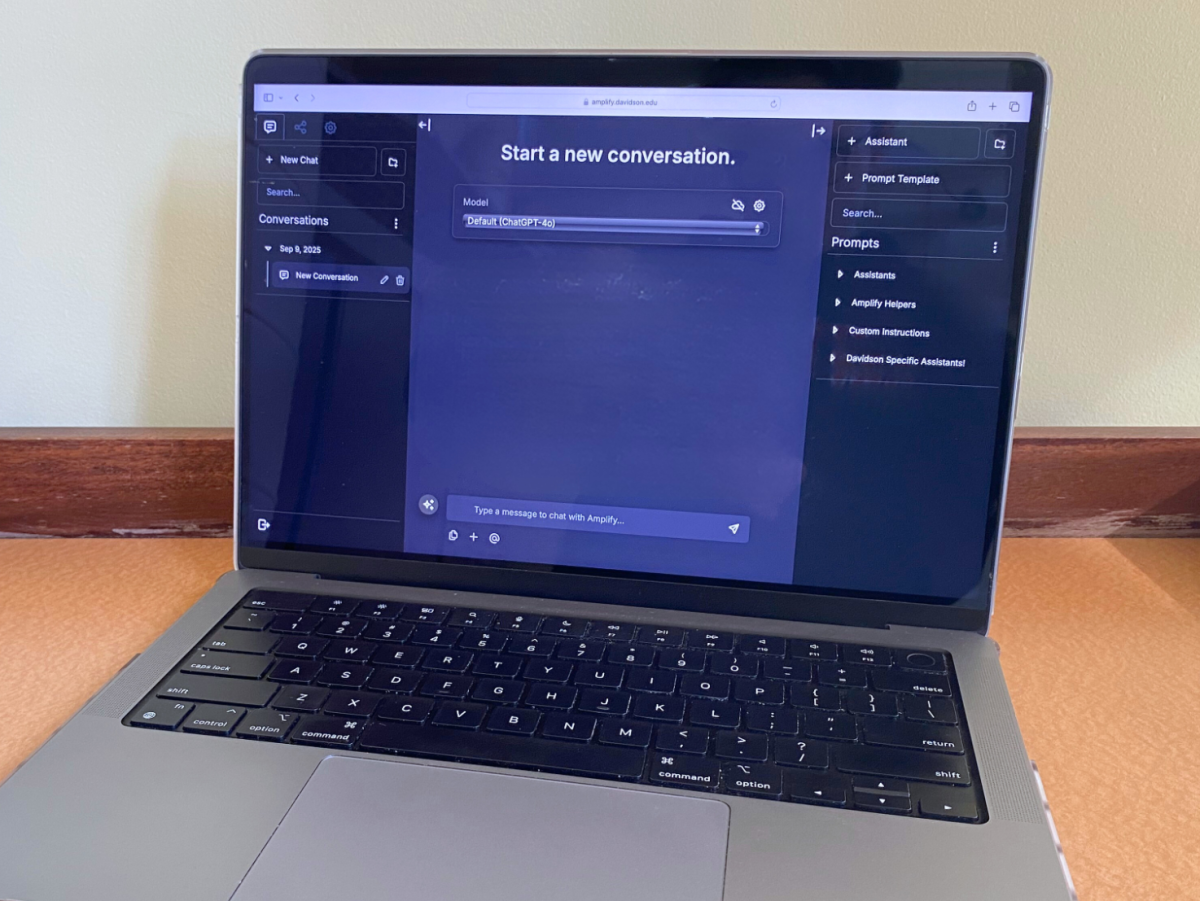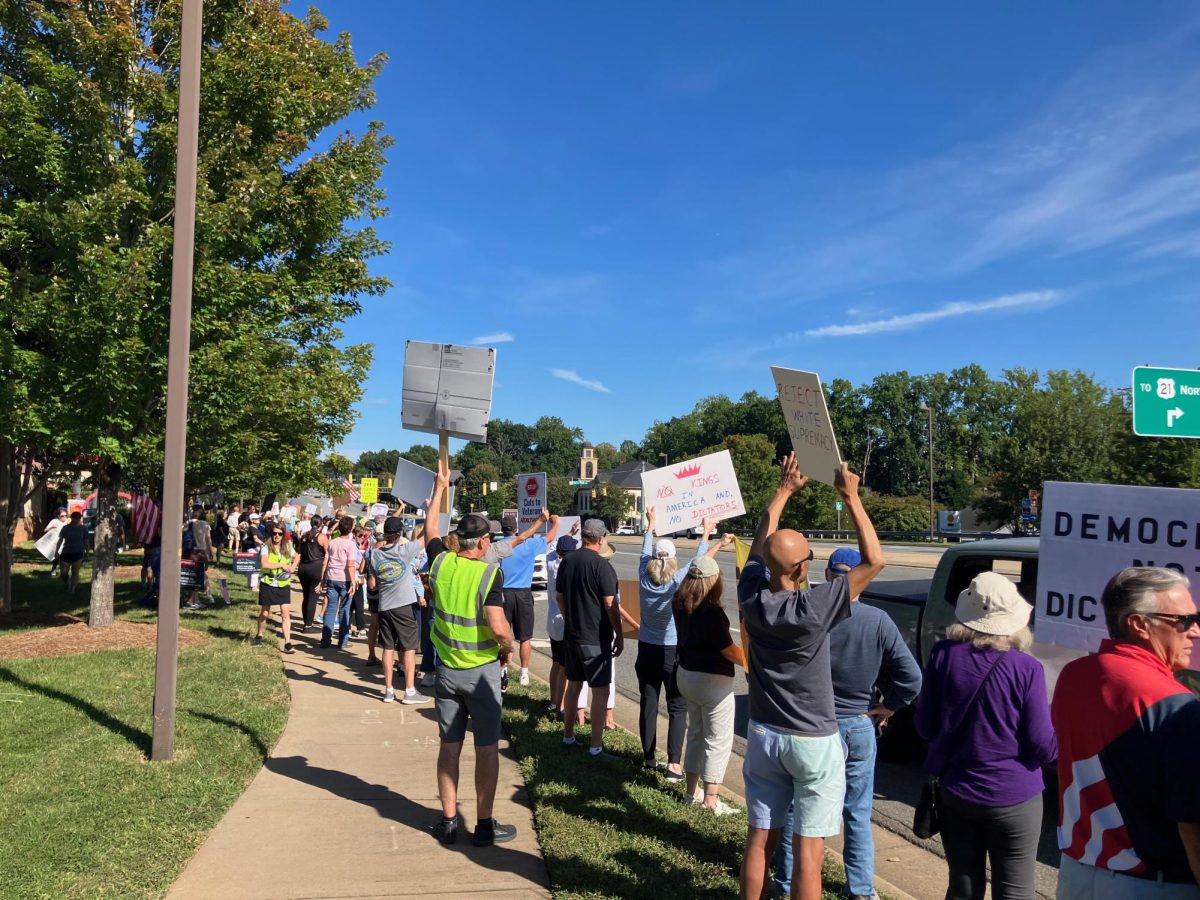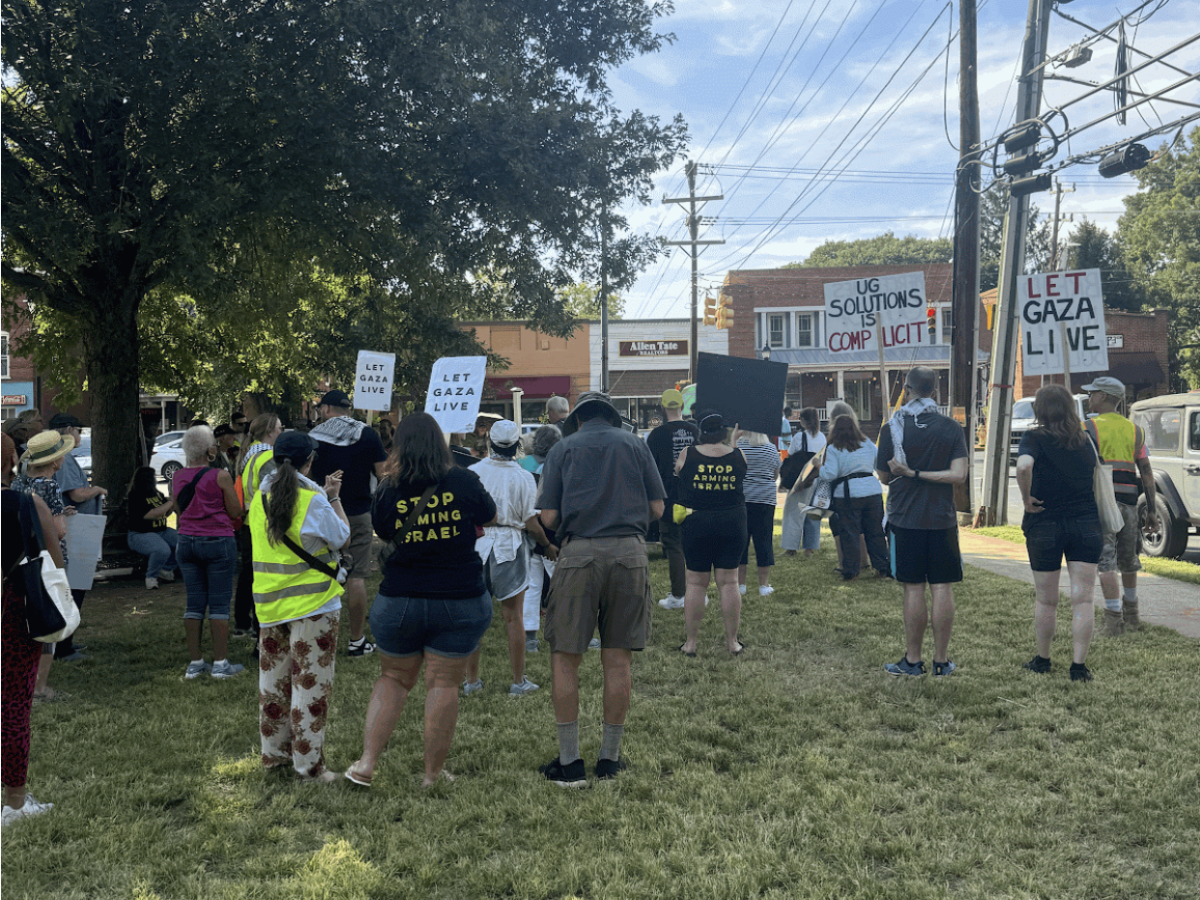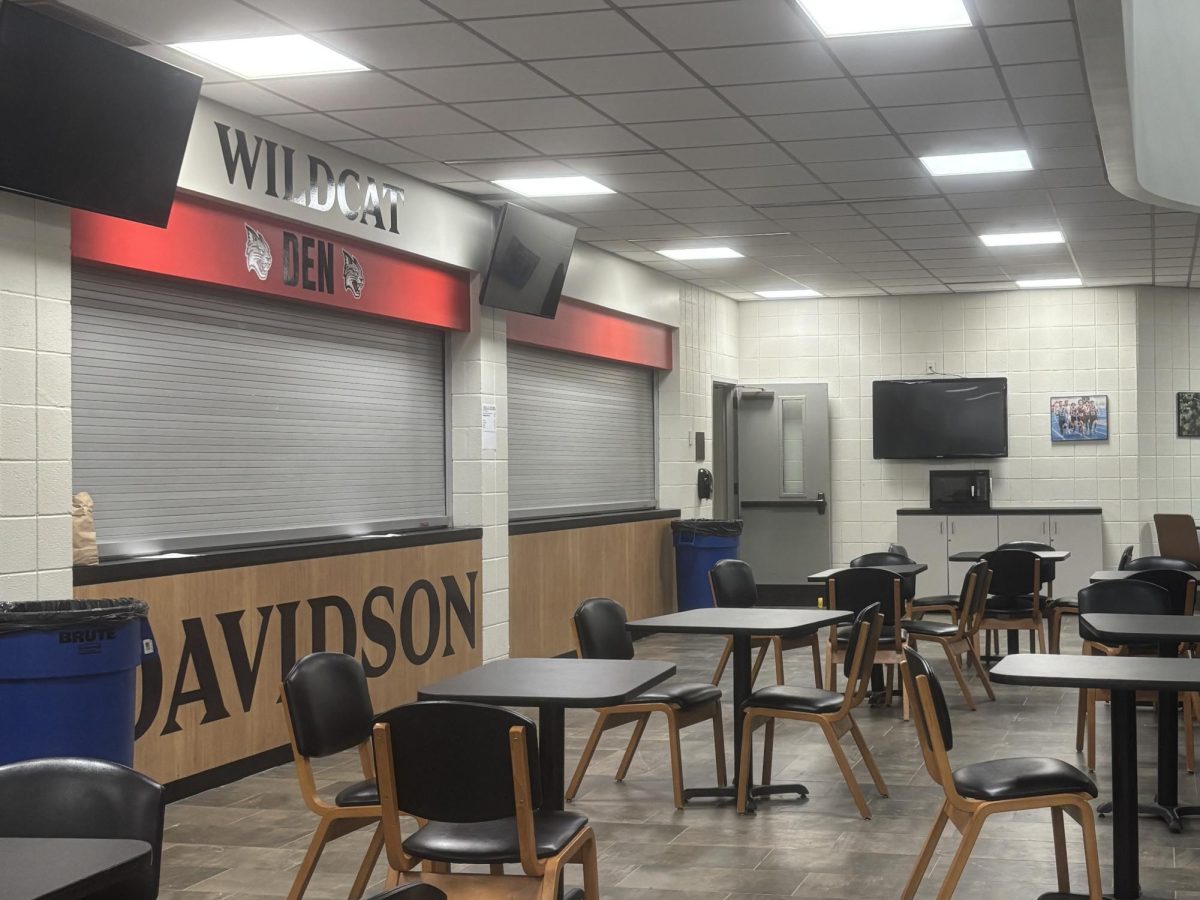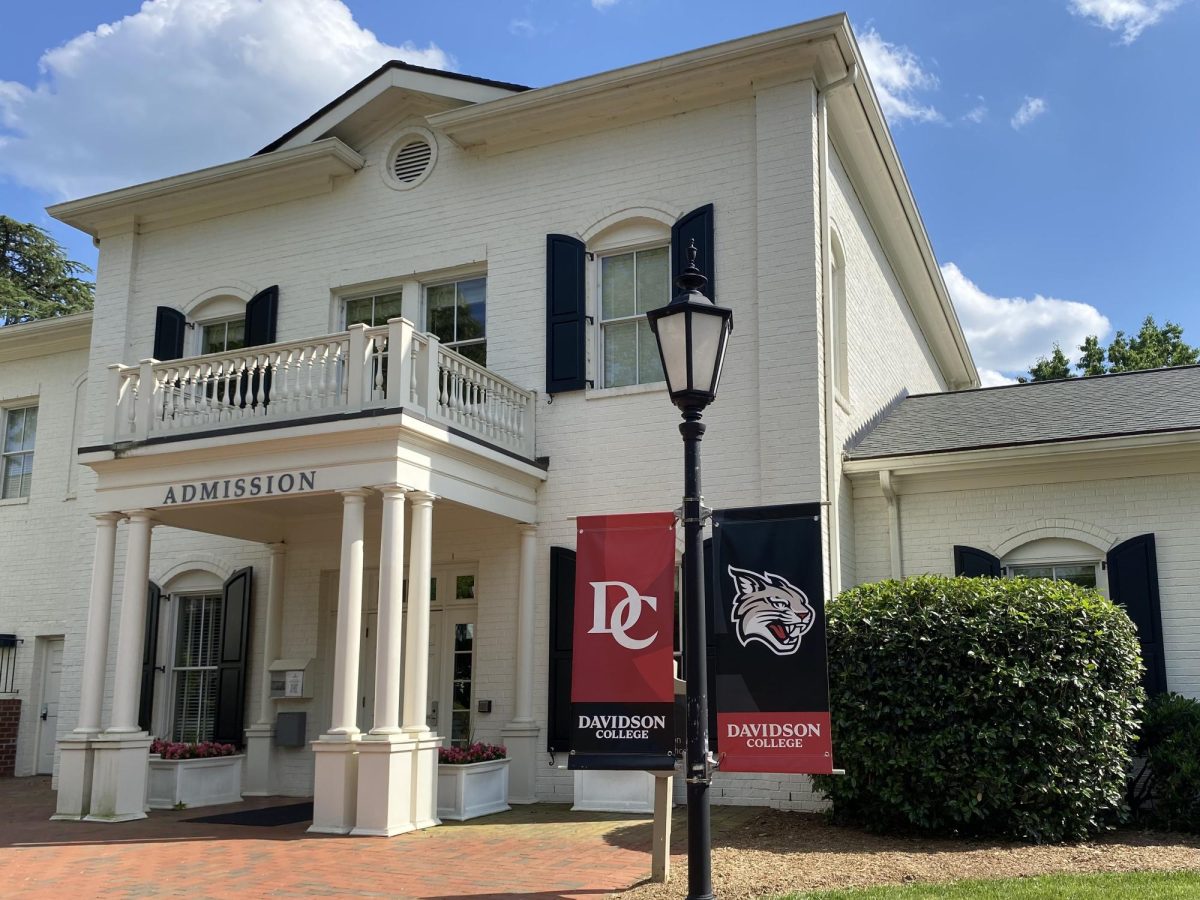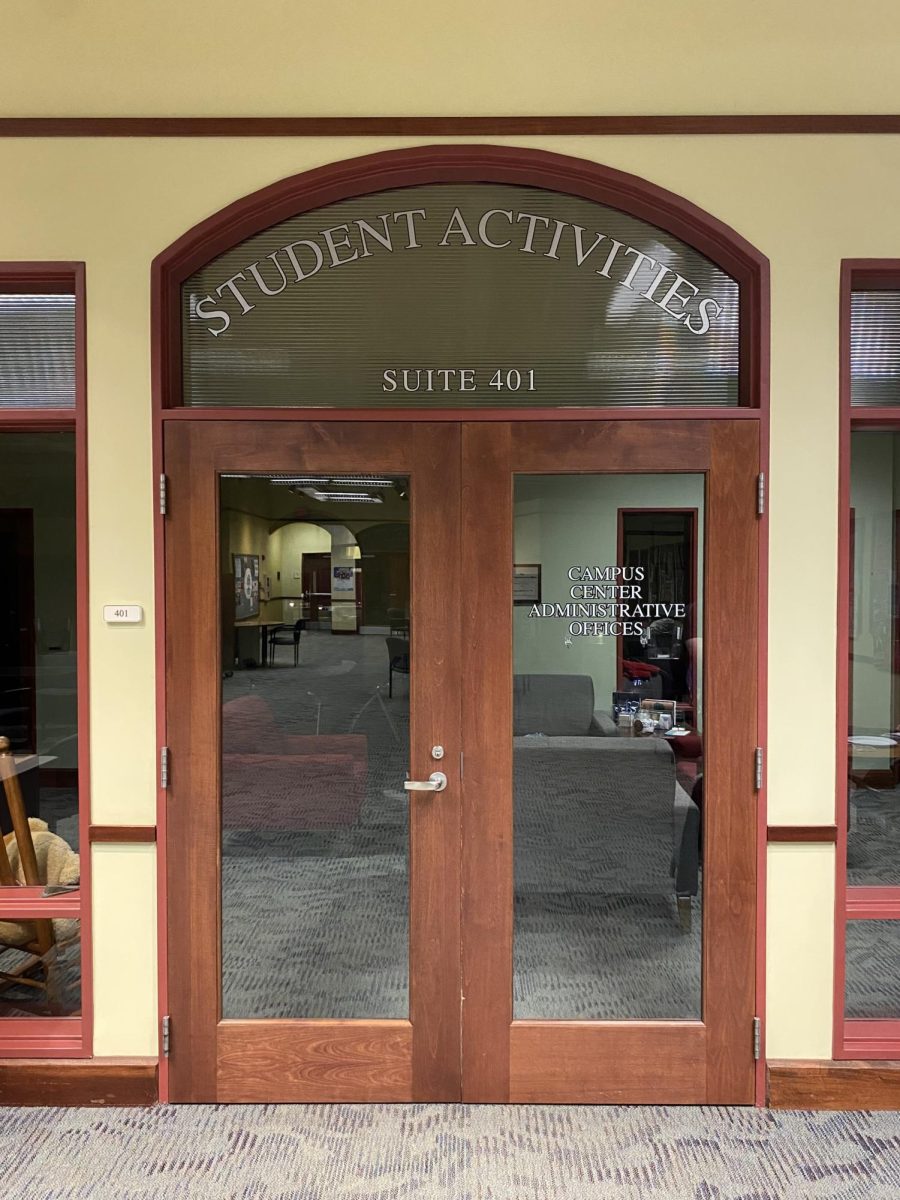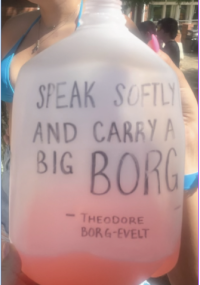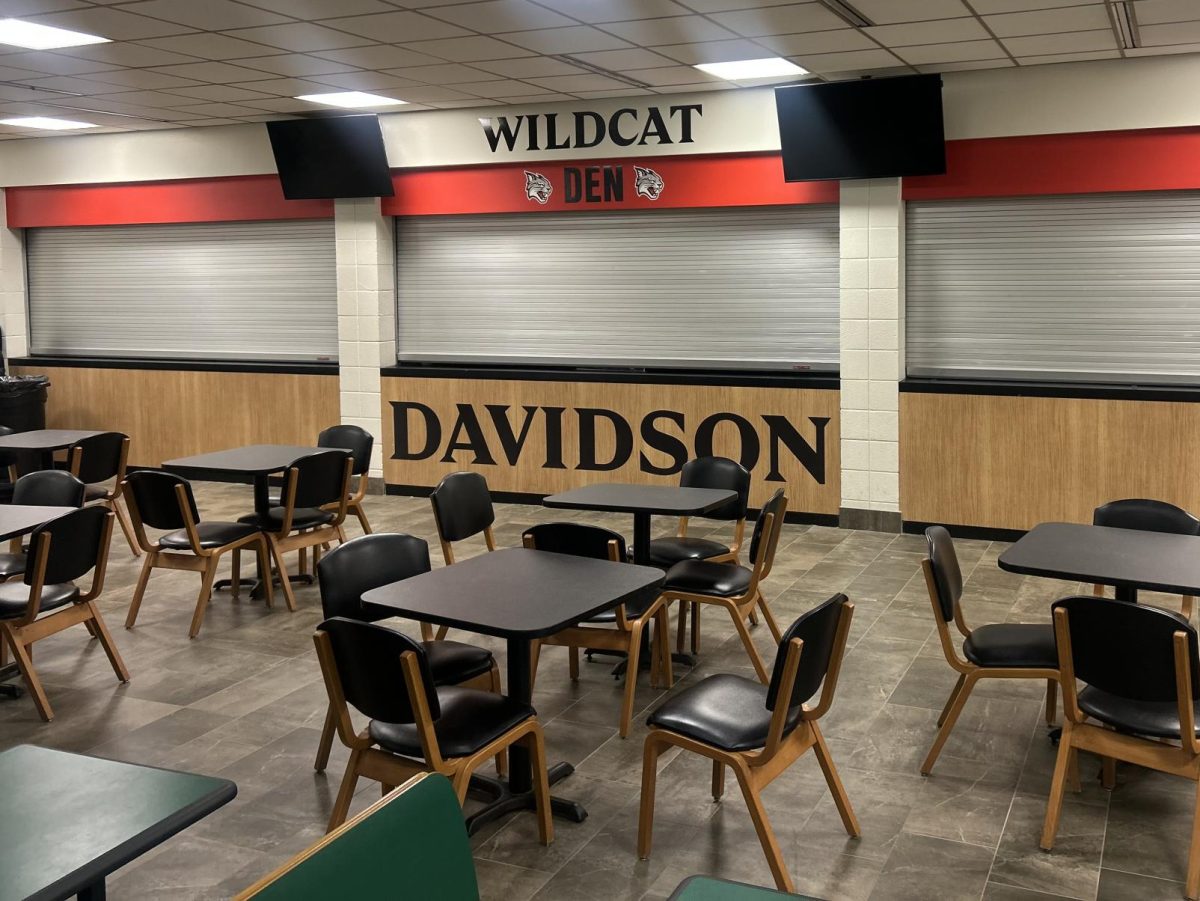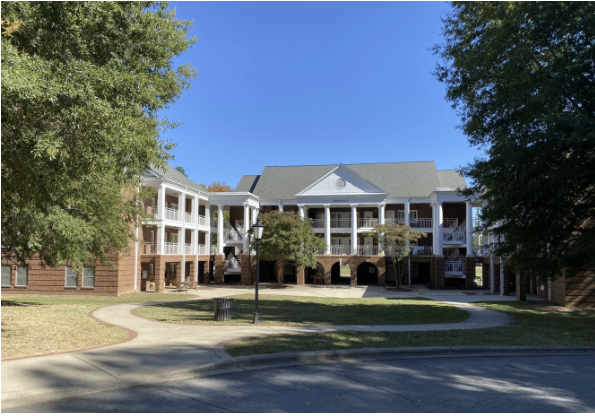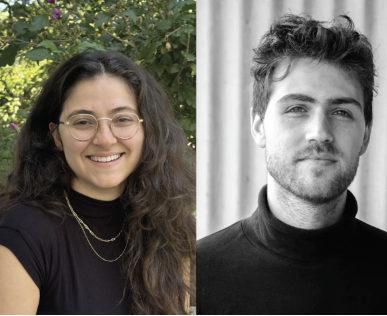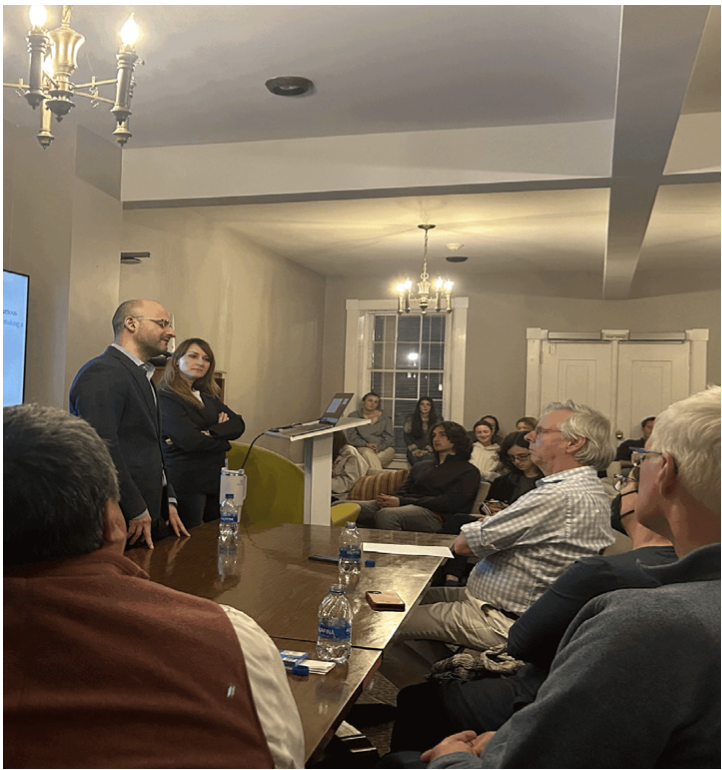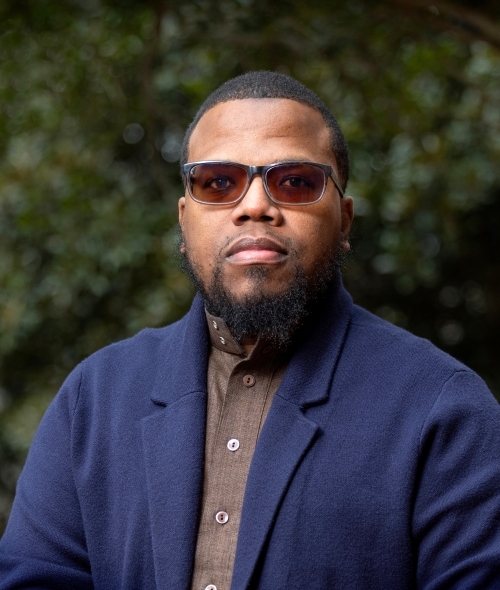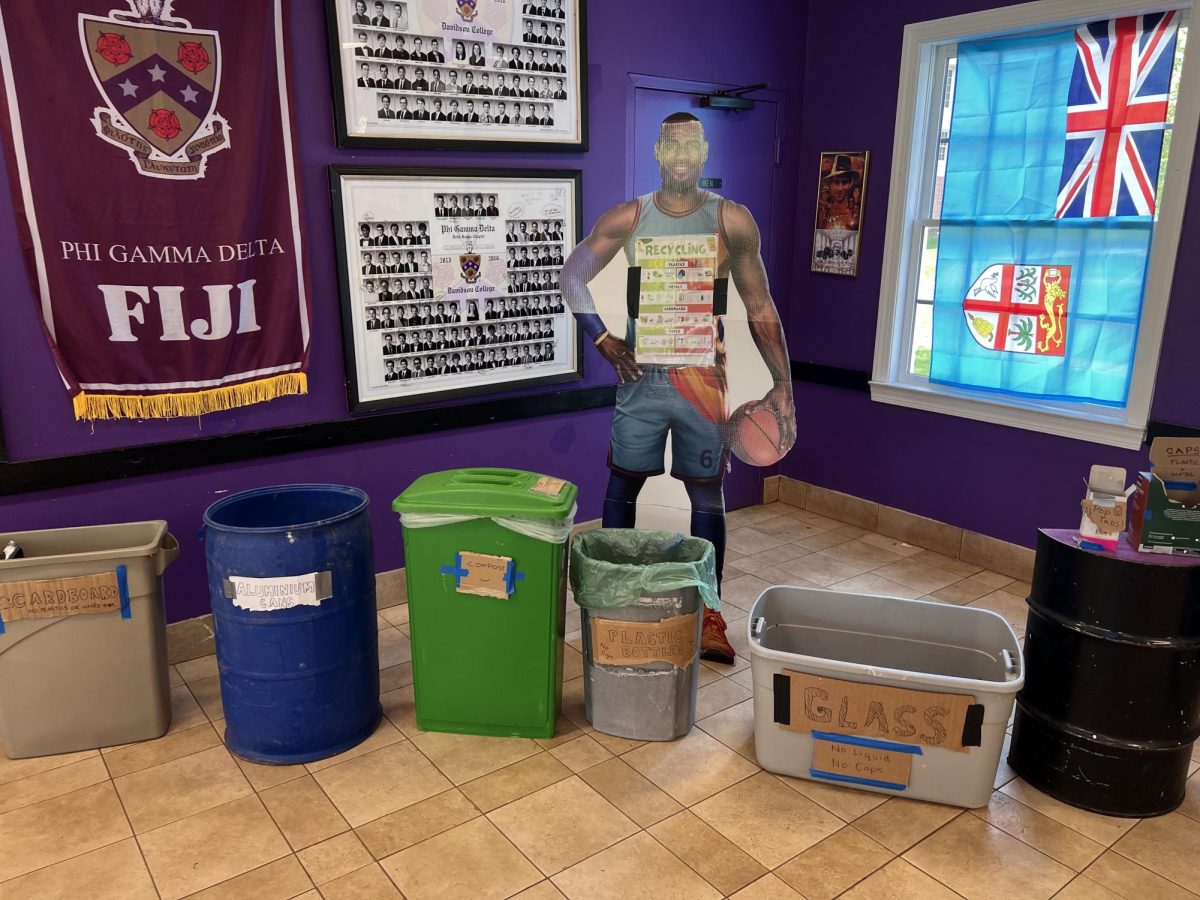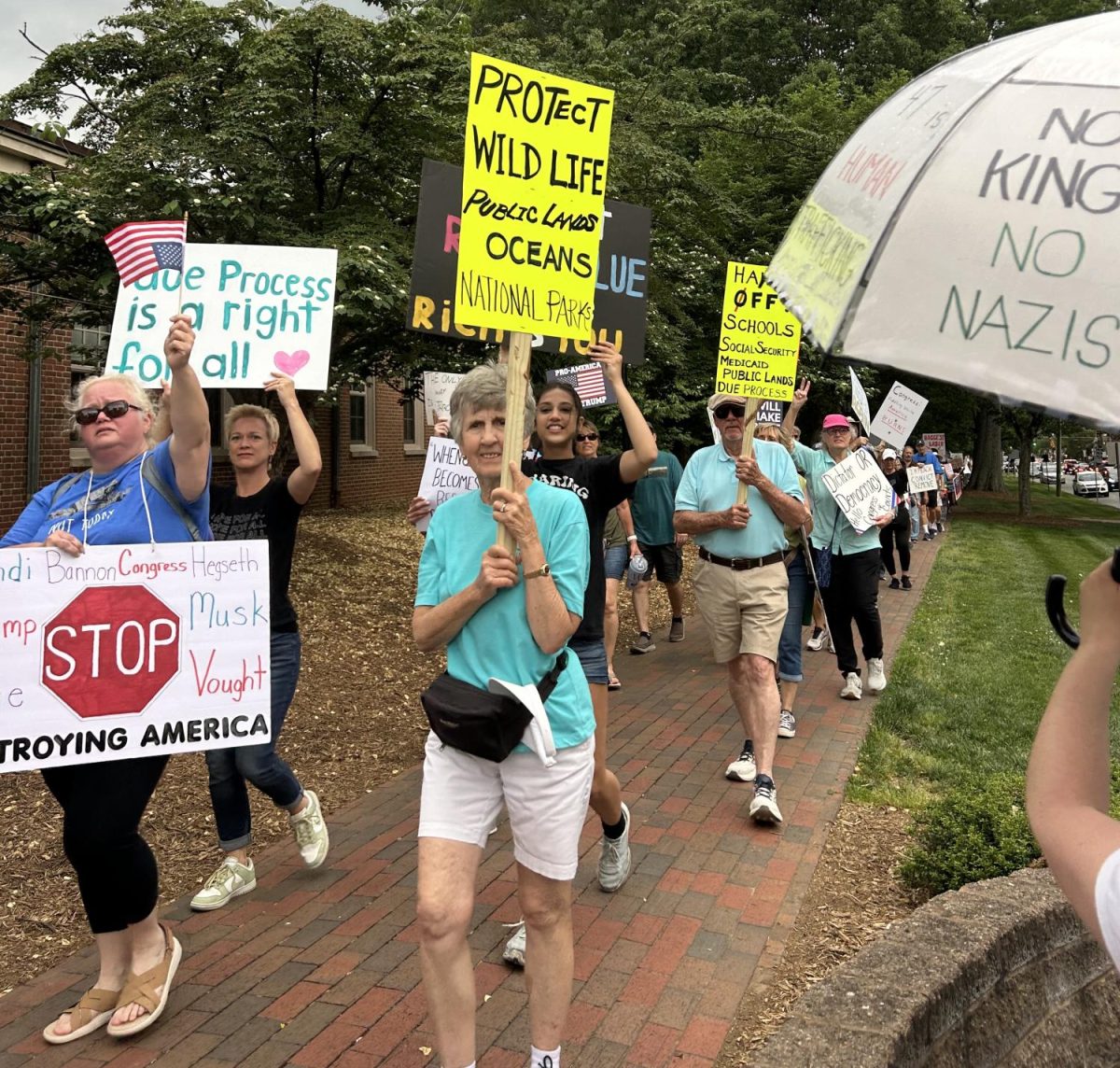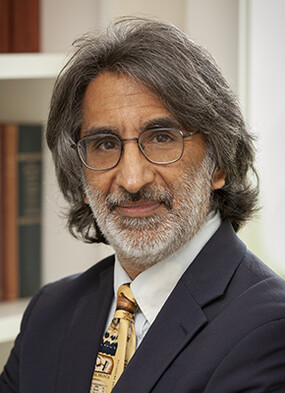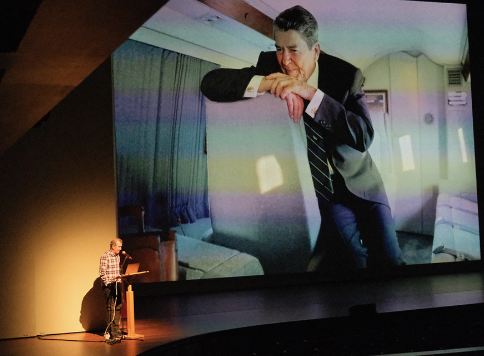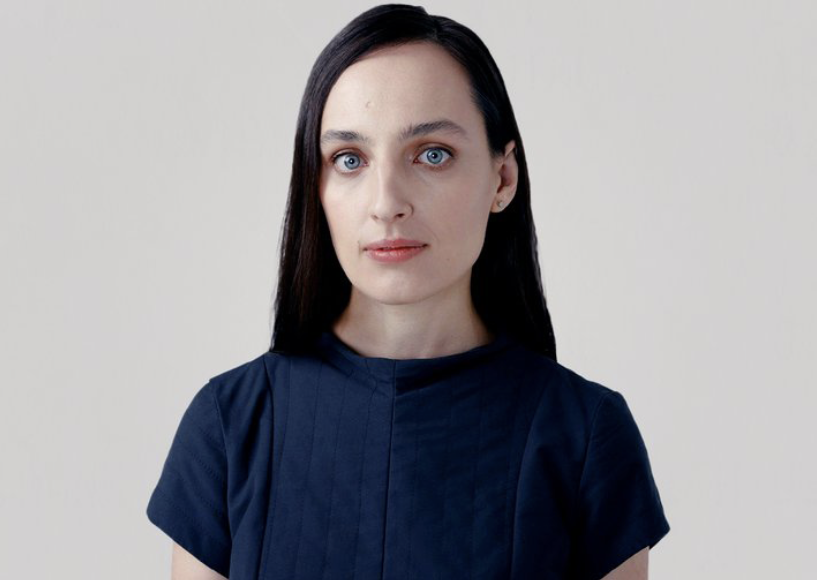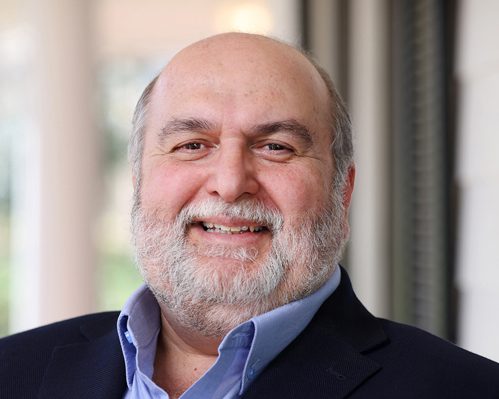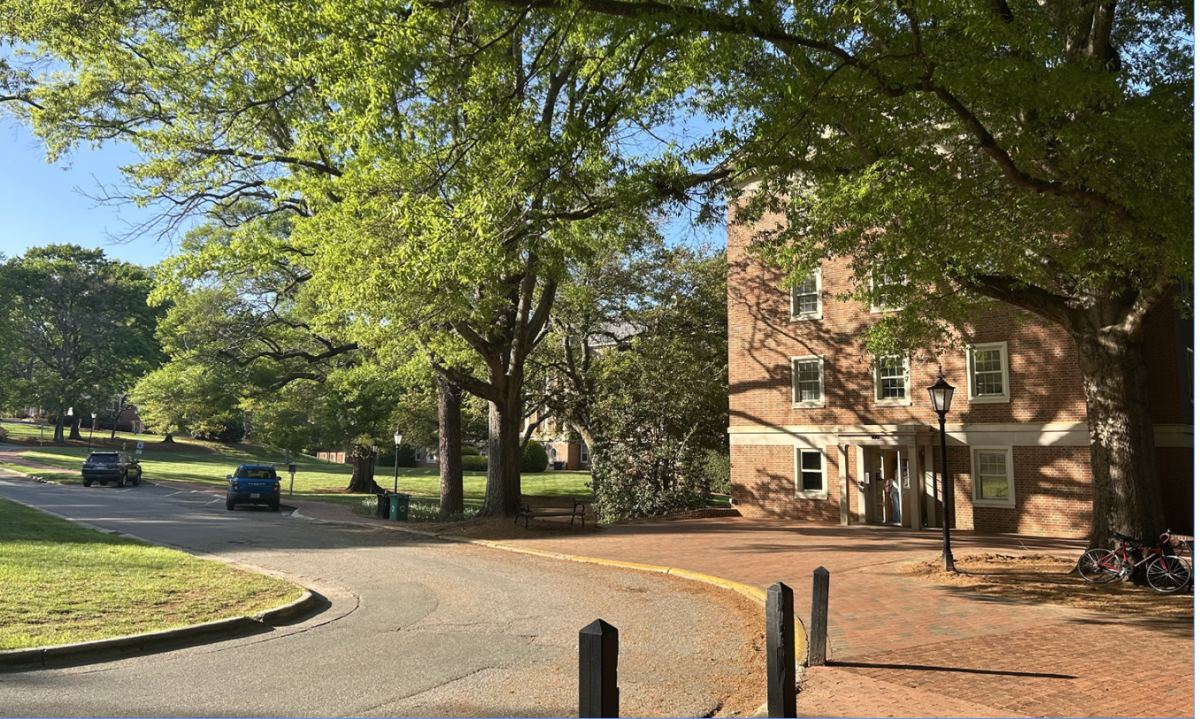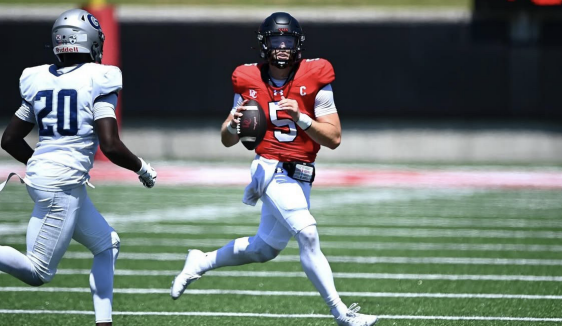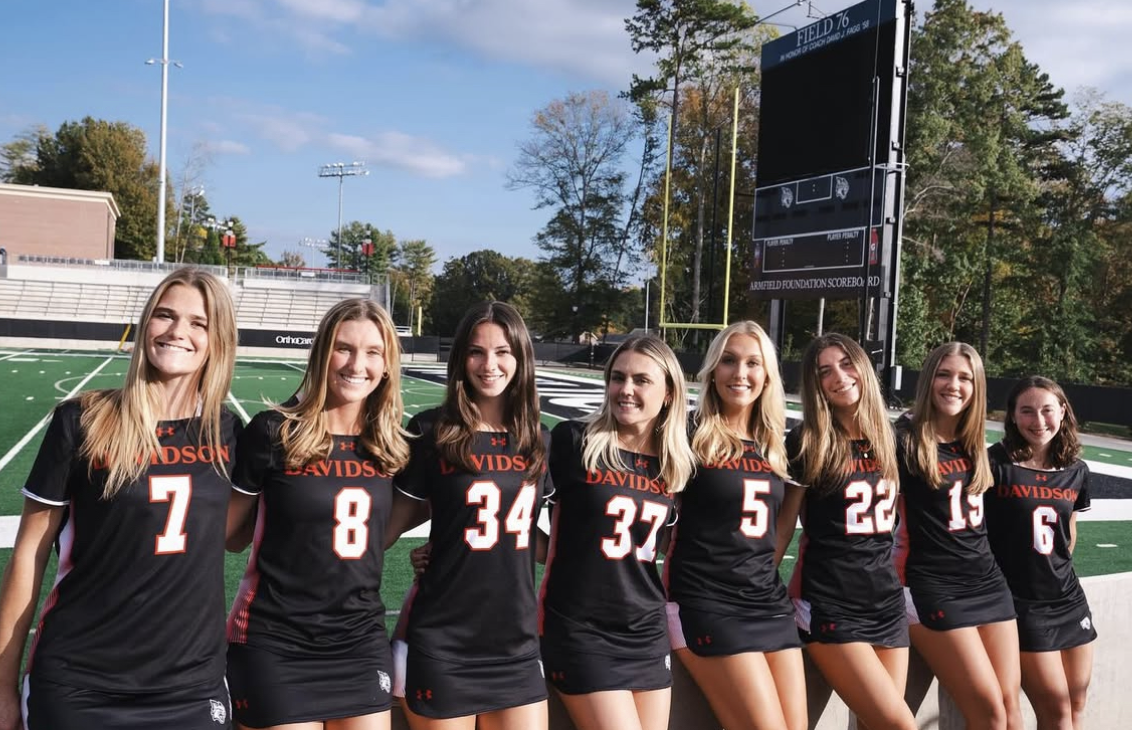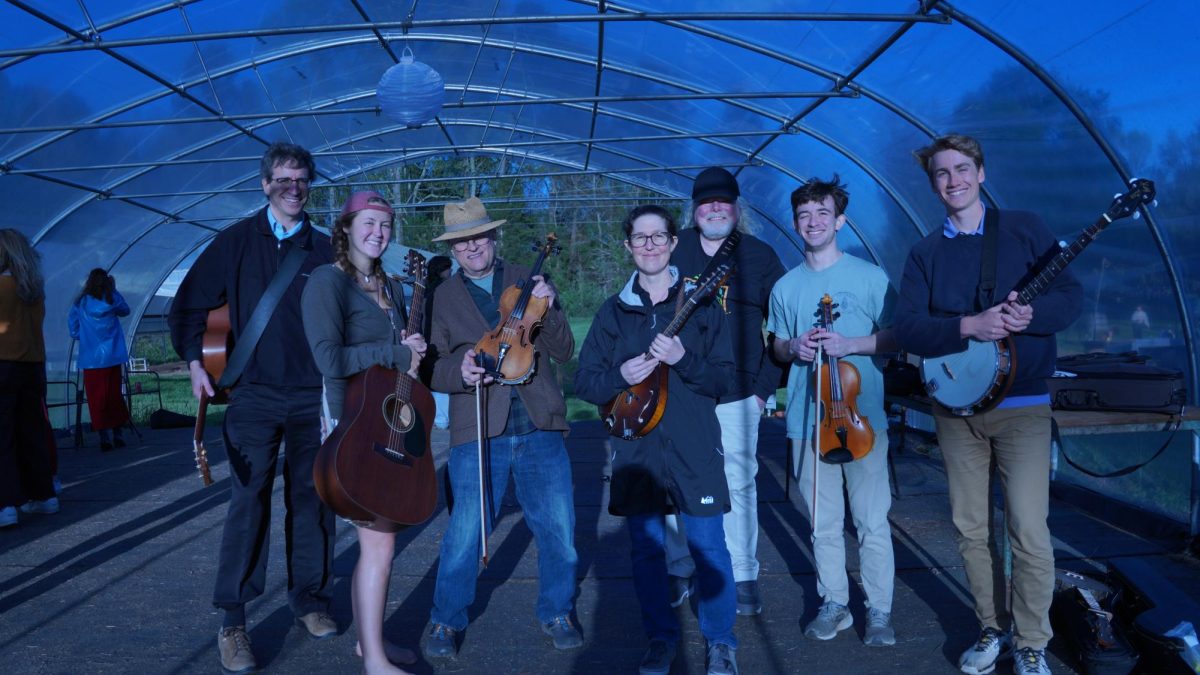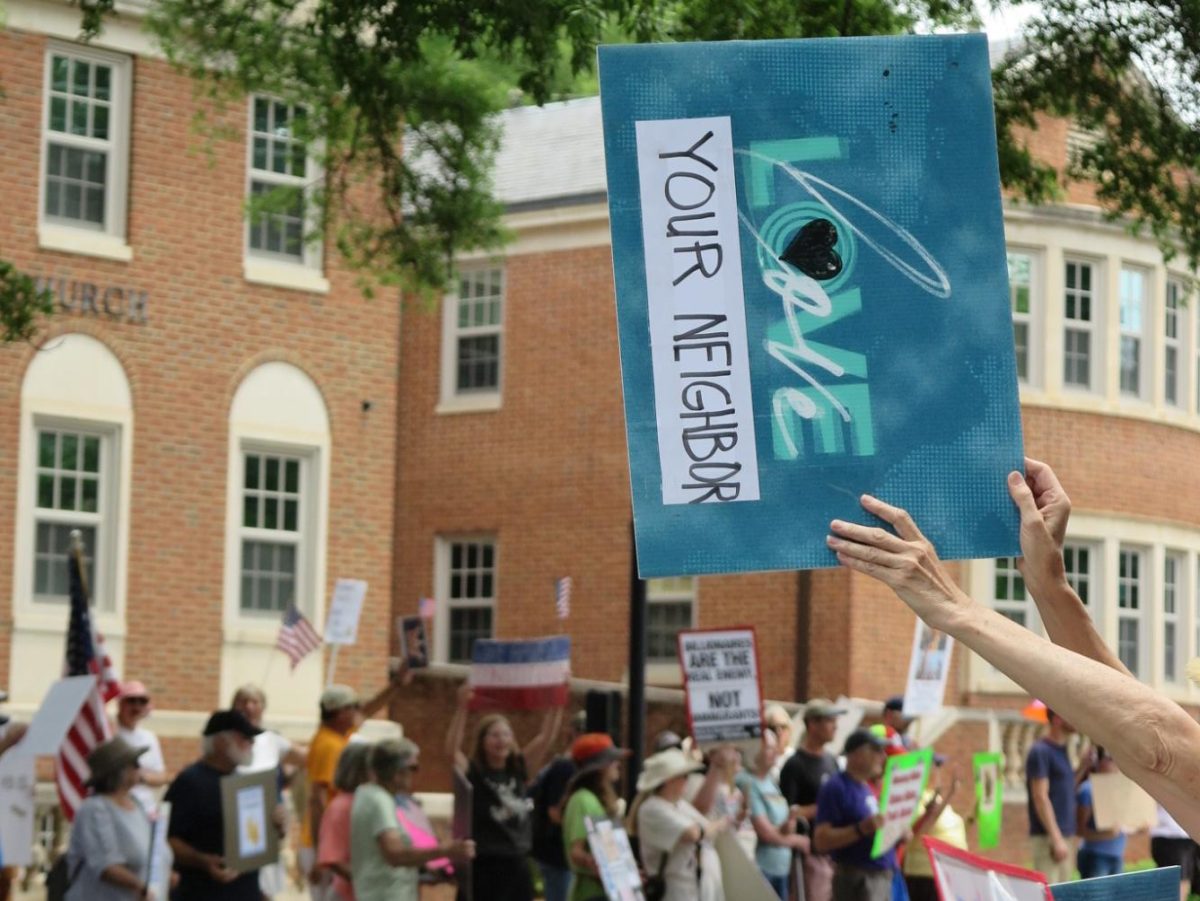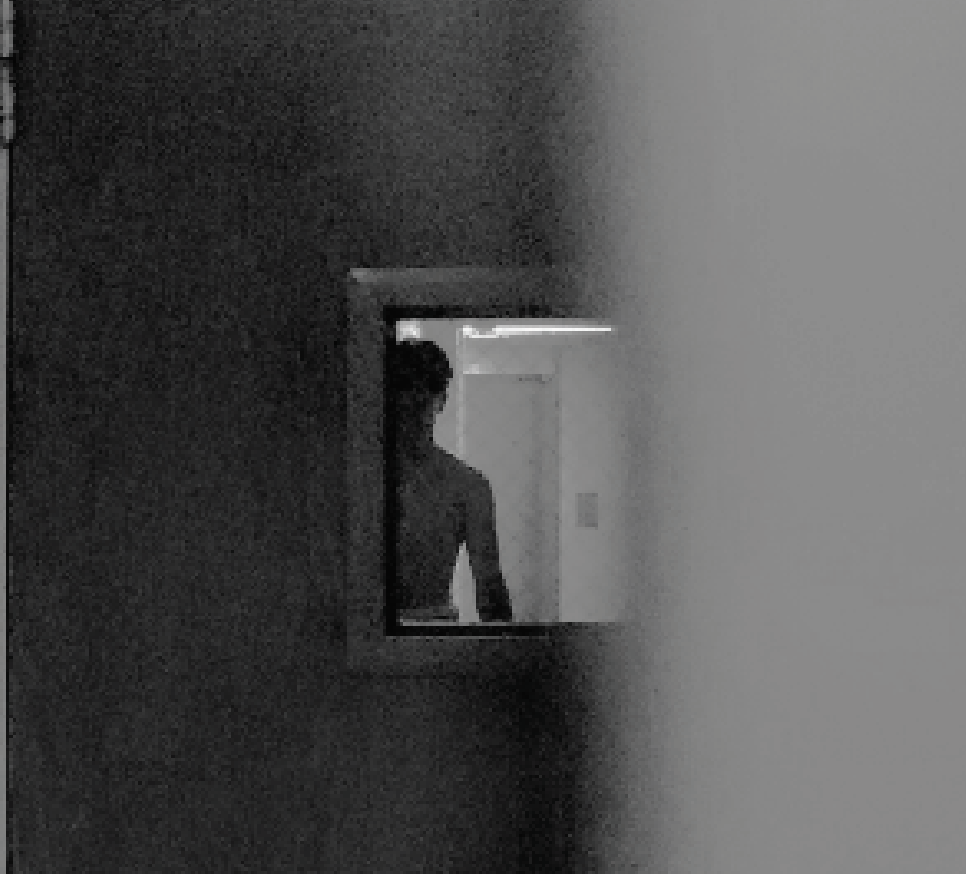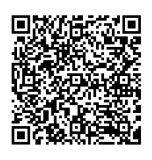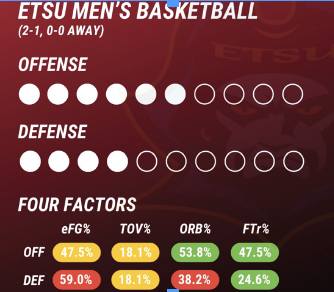In 2013, ‘Cats Stats was started as a research program by Joseph R. Morton Professor of Mathematics and Computer Science Dr. Tim Chartier, along with four students in the class of ‘14. The project’s goal was to provide analytical support to Davidson athletic teams. After a successful first season supporting the men’s basketball team, the group of students, under Dr. Chartier, was asked to continue providing analytics for the program the following year.
Since its development in 2013, Dr. Chartier transitioned the program to a student organization that has continued to grow. ‘Cats Stats has remained consistent in its support of the men’s basketball program but has also extended its reach to six other teams that are active this year. Some of the club members are developing code to streamline the process of keeping and analyzing statistics, watching opponent film to prepare for future games, and promoting the teams on social media to benefit the performance of the seven teams ‘Cats Stats is supporting this year. The program continues to develop under the new leadership of President Will Kercher ‘25 and Vice President Sam Greenberg ‘27. Kercher and Greenberg have put in significant effort to recruit new members that will create a stronger program. These new members have new programs and analytics to learn as the basketball season picks up.
Greenberg explained the club’s role on the men’s side of the ball: “what we’ve been doing for a while [are] these scouting reports, where we scout the other team [before each game] and then analyze how they play together and individually. After every four games, we do a self-scout.” Women’s Basketball Scouting Chair Abby Pompeo ‘25 has been involved in the women’s basketball division since her first year at Davidson. “It’s changed a little bit, but when I was doing live coding, I essentially was pressing a button when they were on offense, then when they were on defense, and when they took a shot so the coaches could easily line it up with the film afterwards. I would also record which five [women’s basketball players] were on the court at the same time so they could look at each player individually to see the plays that each player is in,” Pompeo described.
The women’s team has introduced new programs that ‘Cats Stats is working with to provide a more in-depth look at their own team as well as opponents. One of the projects within the programs is called “angle tracking. […] Based on the video replay, we record which play they are running because the systems can’t track for that. So we’re tracking the plays and then using that data to figure out which are most efficient,” Greenberg explained.
Kercher has noticed a heavier reliance on the club’s statistics throughout his time at Davidson. “We see this in professional sports […] people rely more heavily on data and big data. And I think collegiate athletic programs are trying to replicate what the pros are doing. And that’s a huge [endeavor]. It’s [all about] how much information [we can] get our hands on and how much important information [we can] relay to the coaches and these players,” Kercher said.
Pompeo has seen this transition firsthand as a midfielder for the Davidson field hockey team, which is in its second year as a ‘Cats Stats division. “They have all that knowledge […] we can tell how [the coaches] are applying stats very clearly in their practice plans. […] Those statistics are vital for how we score and defend. So having those numbers is critical to making sure we’re capitalizing on our opportunities,” Pompeo stated.
Greenberg believes the organization will increase its success as it grows. “‘Cats Stats leadership is striving to create a more robust and sustainable program that will continue to support Davidson Athletics for years to come. Having more time with the data will give us a better understanding of what we need to do. Because these programs are new and the club is dominated by first years, [getting them] more comfortable with the system will then lead to better results,” Greenberg said. Kercher echoed Greenberg’s statement, adding, “I think our biggest challenge right now is getting people to be committed, but also getting the work to the quality standard we need. That is not the fault of anyone. It’s just a part of rebuilding a program where we have a lot of new people. So that’s going to take practice, it’s going to take some time. But as people get adjusted to that and people stay committed, I think we can grow this to be something big, something special.”


